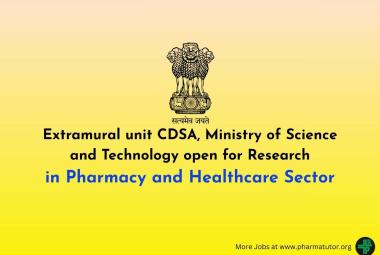 About Authors:
About Authors:
Alpesh J.Shiroya*, K.K.Vaghasiya, N.J.ghantala
Bhagwan Mahavir College Of Biotechnology ,
Surat
*alpeshshiroya45@yahoo.in
Abstract
Clean technology has become an important concern for every industry. Especially in textile dyeing factories, there is much use of water, energy, dyeing colours and chemicals. This can cause significant water and air pollution problems. The wastewater wear a lot of colour and having toxic odour, COD and BOD. wastewater contains the following reactive dyes: turquoise DG, black DN, red DB-8 and orange OGR. It has been shown that the efficiency of dye removal depends on the type of dye, coagulant dosage, and the sample pH.The performance of COD and colour removal in the single-stage ozonation- biological treatment was also compared with the multi-stage ozonation-biological treatment processes. Ozonation transforms the functional groups in azo dye to produce more biodegradable by products, which is easily removed by biological treatment. semiconductor photocatalysis process could be an appropriate tool for the treatment for textile dyeing and printing wastewater. Activated sludge treatment and the coagulation-flocculation method with ≥80% removal efficiency of waste water. Using the electrocoagulation process possible the reuse of dye wastewater by removing the colours. sequential batch reactor (SBR) technology as an alternative method for treating industrial effluents.In the present work we review existing processes as well as promising new technologies for texttile waste water decolorisation.



 About Authors:
About Authors: 





